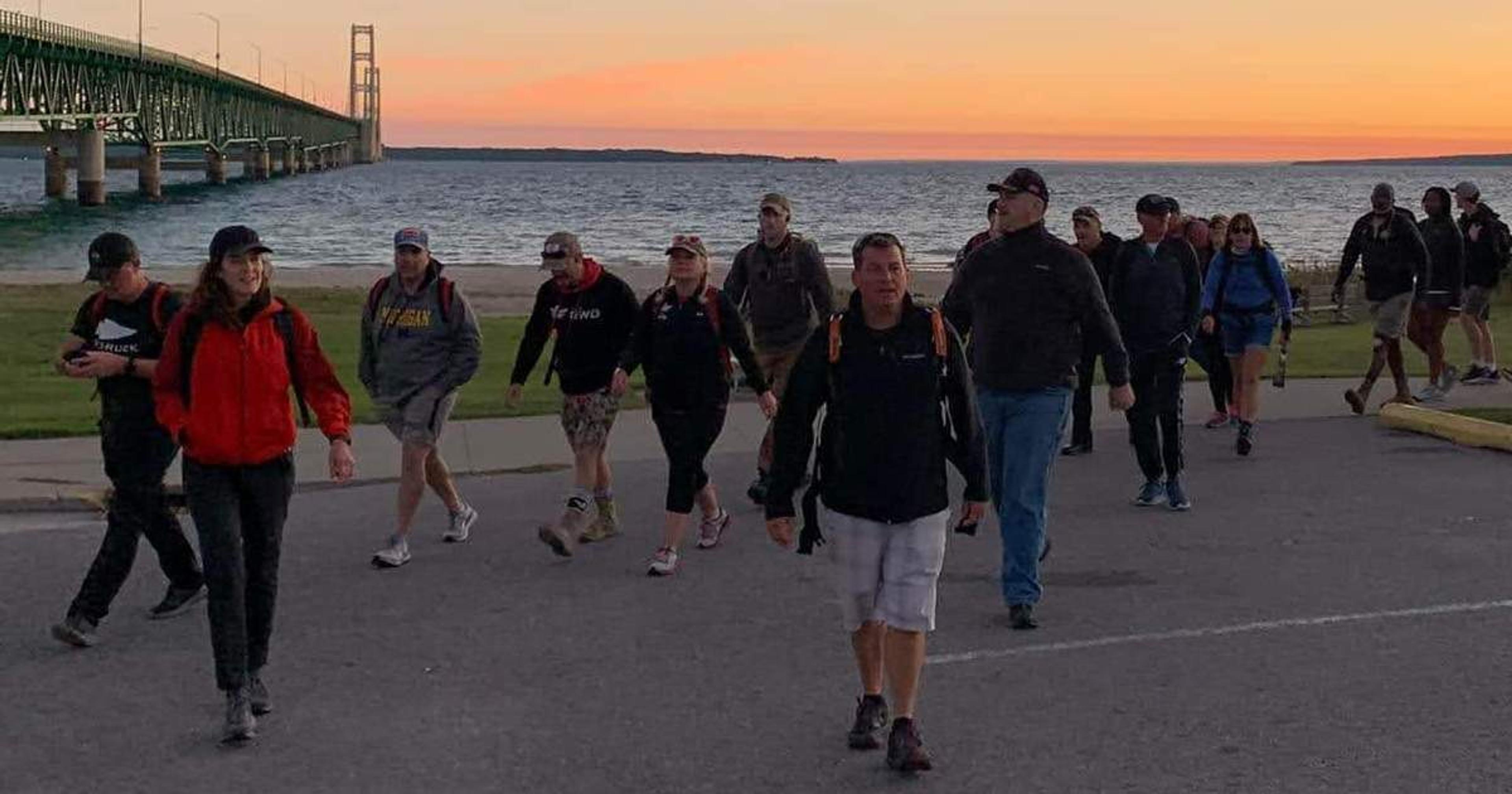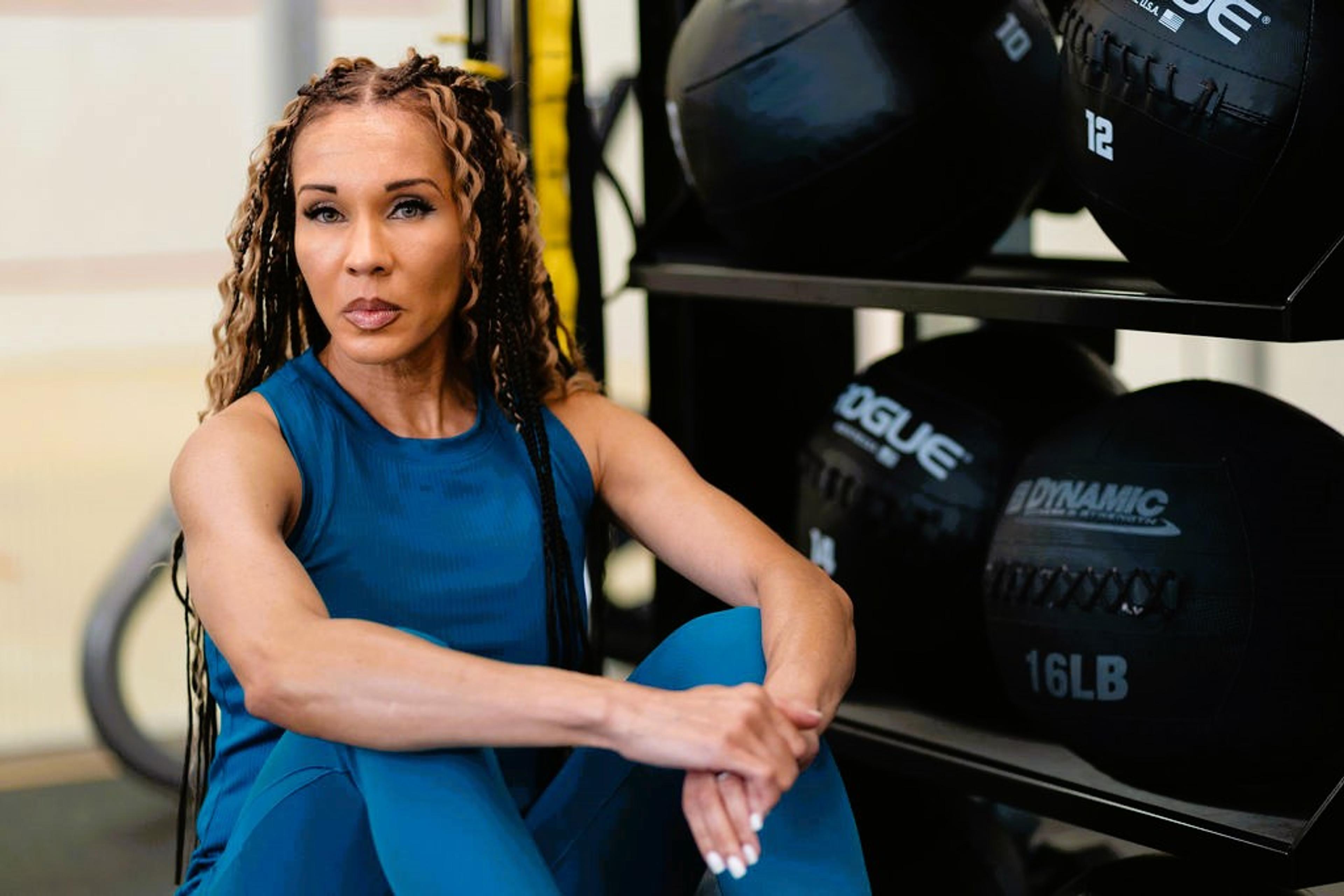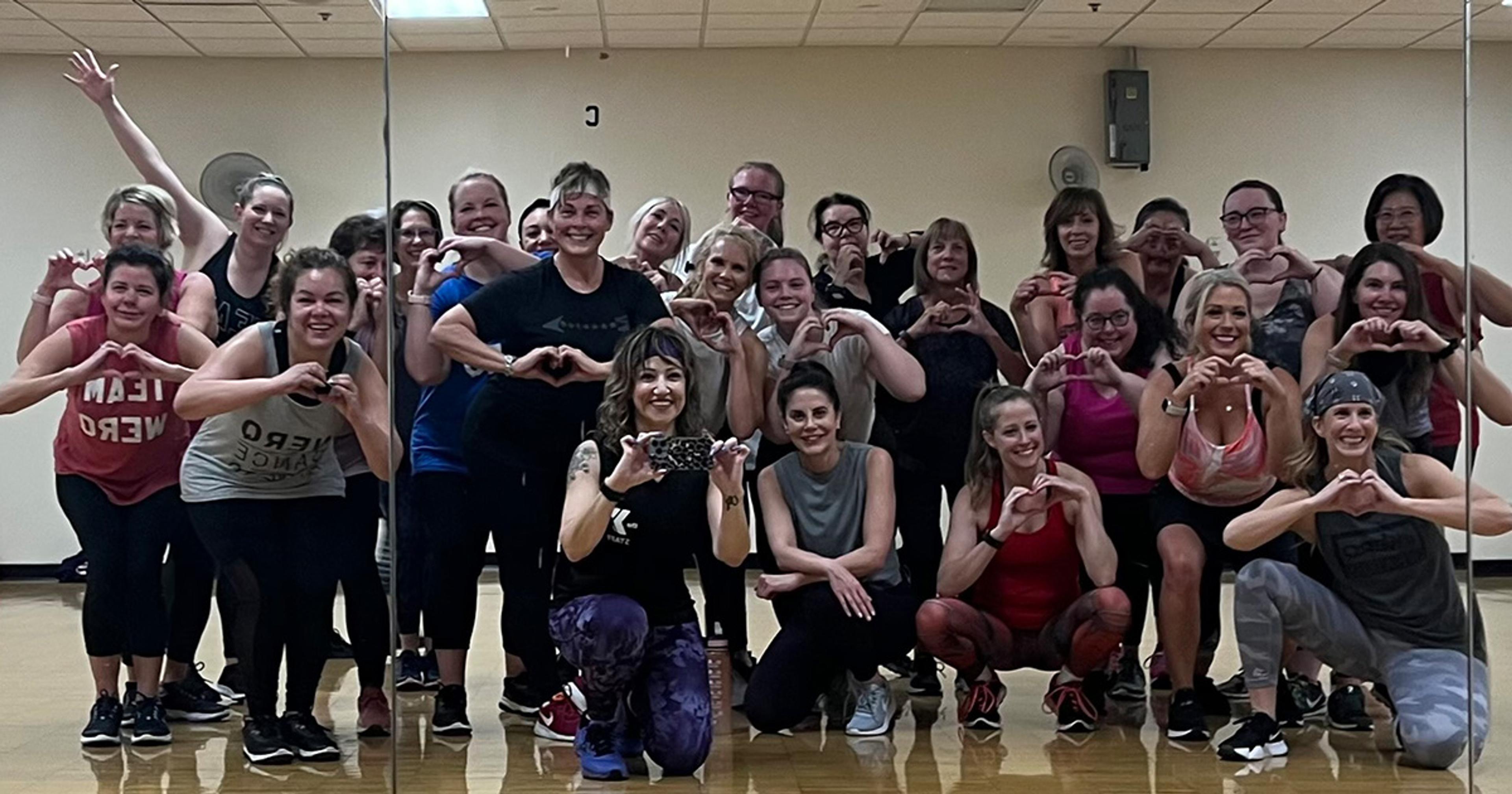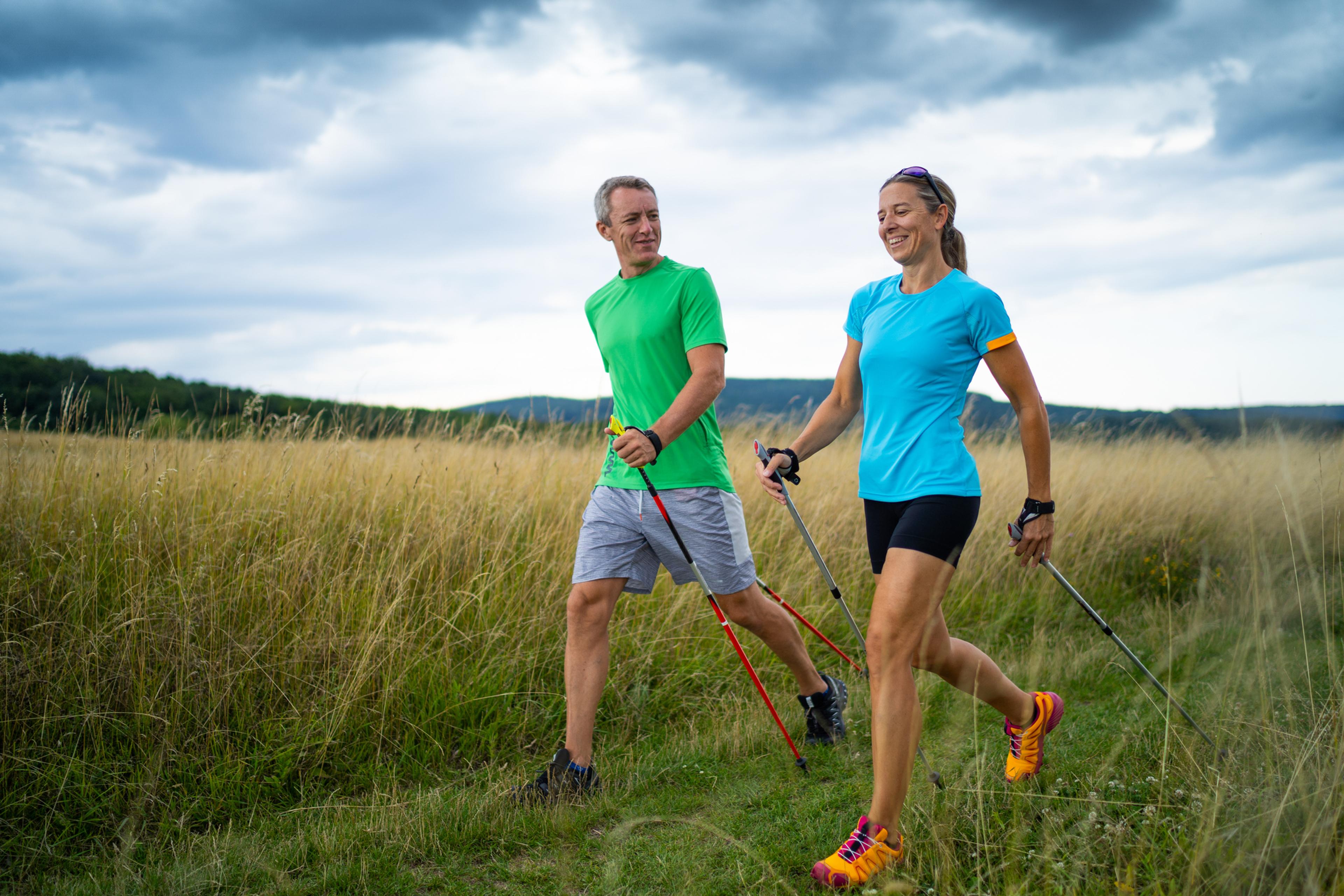5 Exercises You Can Do Without a Gym

Niccole LaDue
| 3 min read

We all have excuses for skipping workouts, but lack of a gym membership shouldn’t be one of them. There are many exercises, both cardiovascular and strength-focused, that can be done in the comfort of your own home, without any equipment except your own body. You can even use your own furniture to mix things up a bit.
Here are five exercises you can do without a gym or equipment:
- Around the Clock Lunges: Lunges focus on the muscles of the lower body including the gluteals, hamstrings, quadriceps, and calves. By changing the direction of the lunge you’re not only challenging your coordination and balance, but also focusing on specific muscles within those major groups.
- Start by standing with your hands on your hips, feet about hips distance apart, and toes facing forward. Lunge forward (at 12 o’clock) with your right foot, and lower until your right knee forms a 90-degree angle. Make sure your weight is pushing down through your right heel and not shifting to your toes, and be sure to keep your right knee behind your toes and tracking over your second toe. Return to standing.
- Now, take a large step to your right (3 o’clock). Your left leg will remain straight, while your right knee bends to nearly 90-degrees. Return to standing.
- Next, lunge backwards (6 o’clock) with your right leg so that both your right and left knees form 90-degree angles. Return to standing.
- Finally, step your right leg back and behind your left leg (to 9 o’clock) and lunge straight down until your left knee forms a 90-degree angle. Return to standing. This is also called a curtsy lunge.
- Repeat on the other leg. To increase the difficulty, hold dumbbells or heavy plates in each hand at your sides or perform the lunges on an unstable surface such as a Bosu ball.
- Decline Pushups: This exercise focuses on the major muscles of the chest, as well as the anterior deltoid and triceps. It is more challenging than a regular push up, so be make sure you’ve mastered a push up first.
- Position your hands on the floor slightly wider than shoulder width apart. Place your feet on your couch, coffee table, or a bench.
- Keeping your core tight and body straight, push your body up until your arms are fully extended.
- Lower your body and repeat. To challenge your stability, try putting your feet up on a stability ball.
- Hollow Rock: The hollow rock is a challenging core exercise that is much harder than it looks.
- Lie on your back with your arms and legs extended and about 12 inches off the ground.
- Push your lower back into the floor so there is no space between your back and the floor. Your body should resemble the shape of a rocking chair.
- While holding that position, start to rock your body back and forth. When you start to lose your form stop and start over.
- Start slowly, aiming for a 1-minute hold.
- Lateral Jump Burpees: A burpee is a great full body aerobic exercise. One variation of a regular burpee is a lateral jump burpee. If you missed it, A Healthier Michigan posted a burpee tutorial here.
- A lateral jump burpee means that you’re going to jump sideways in between burpee reps.
- Single Leg Bridge: A single leg bridge targets the gluteus maximus.
- Lie on your back with your left leg lifted and extended and your right knee bent, right foot flat on the ground.
- Place your arms at your sides on the floor. Pushing through your right heel, lift your body and left leg off the ground until your hips are fully extended.
- Lower back down to the floor and repeat on the other side.
Always consult your health care provider before beginning an exercise program. Never push yourself through pain. Exercise is meant to improve your health, not impair it.
Photo credit: Bagatell





